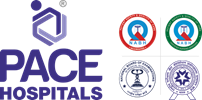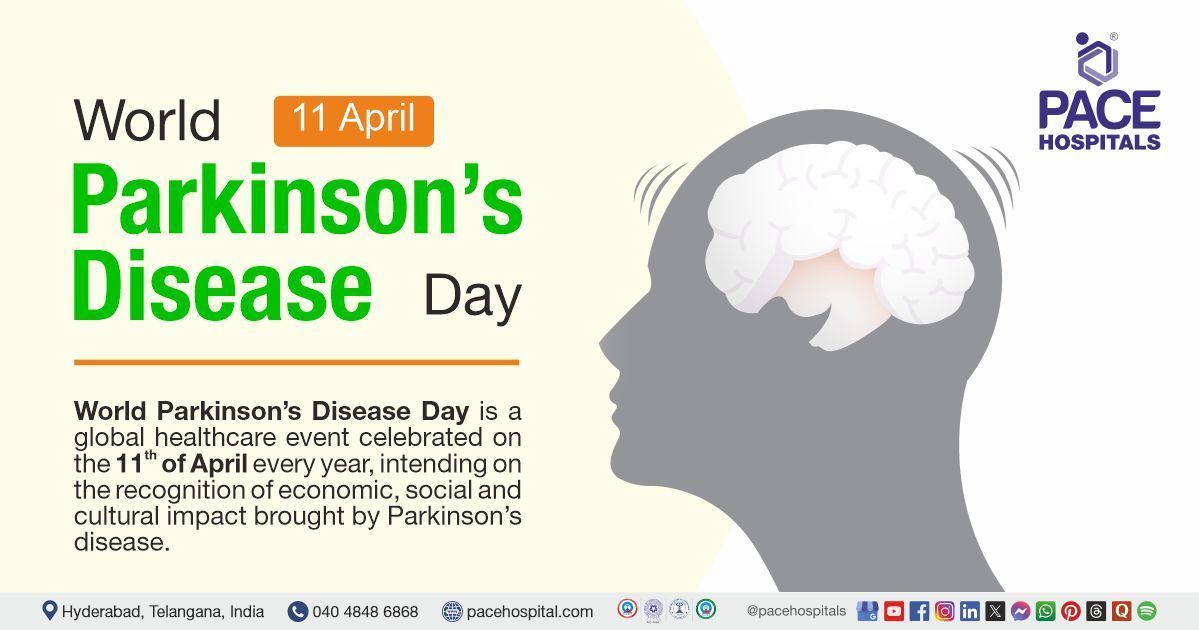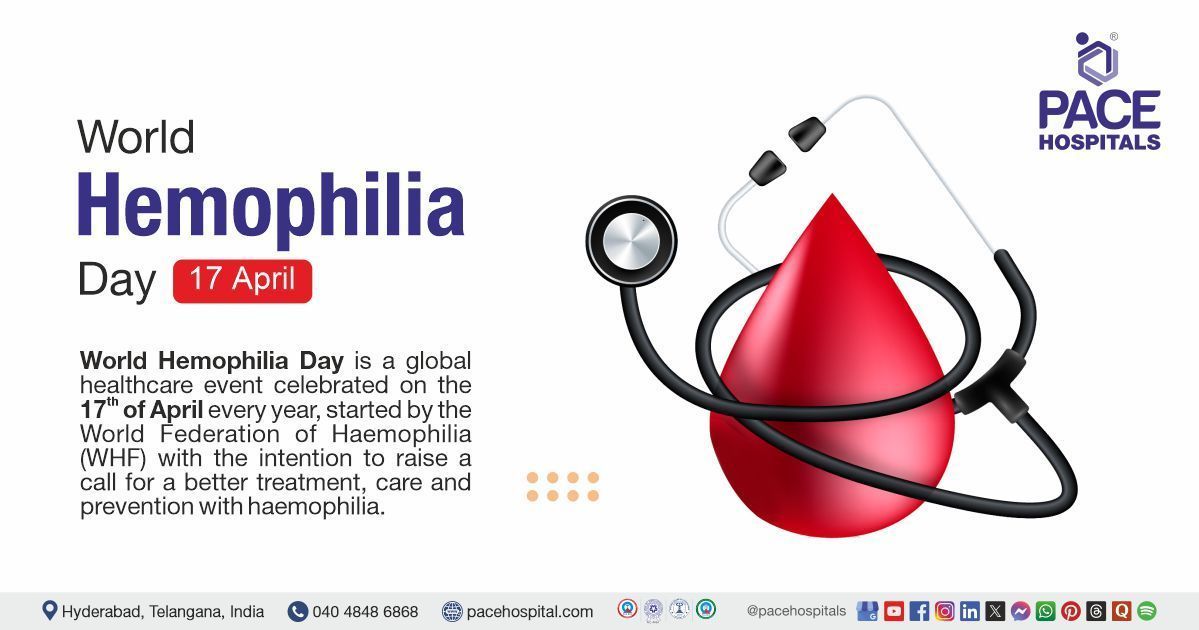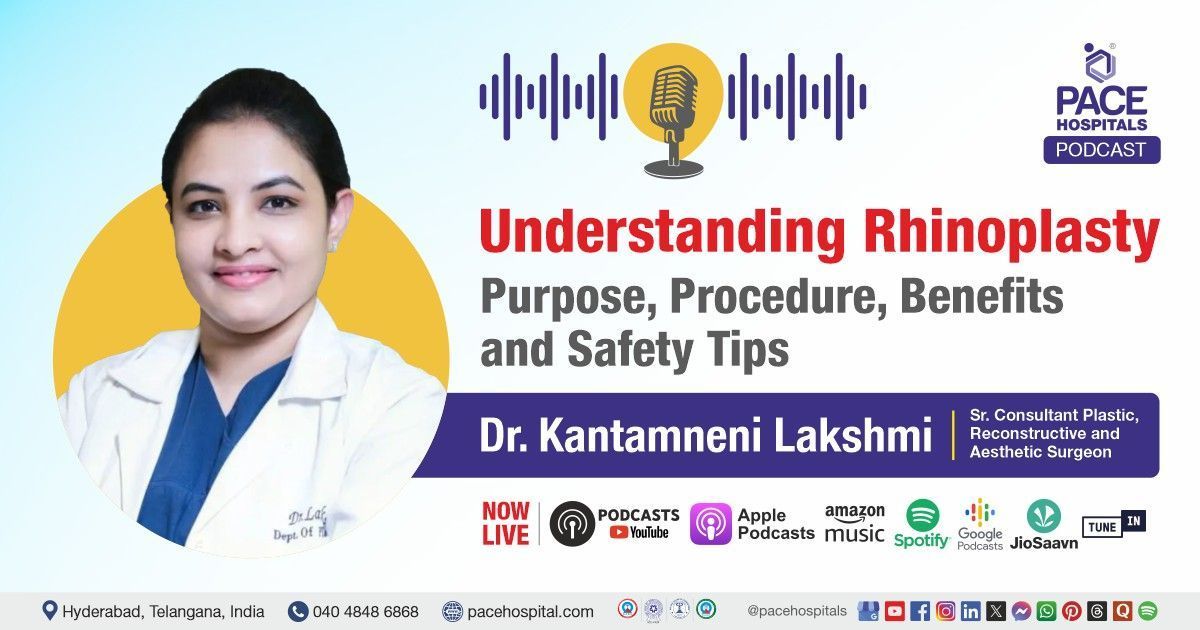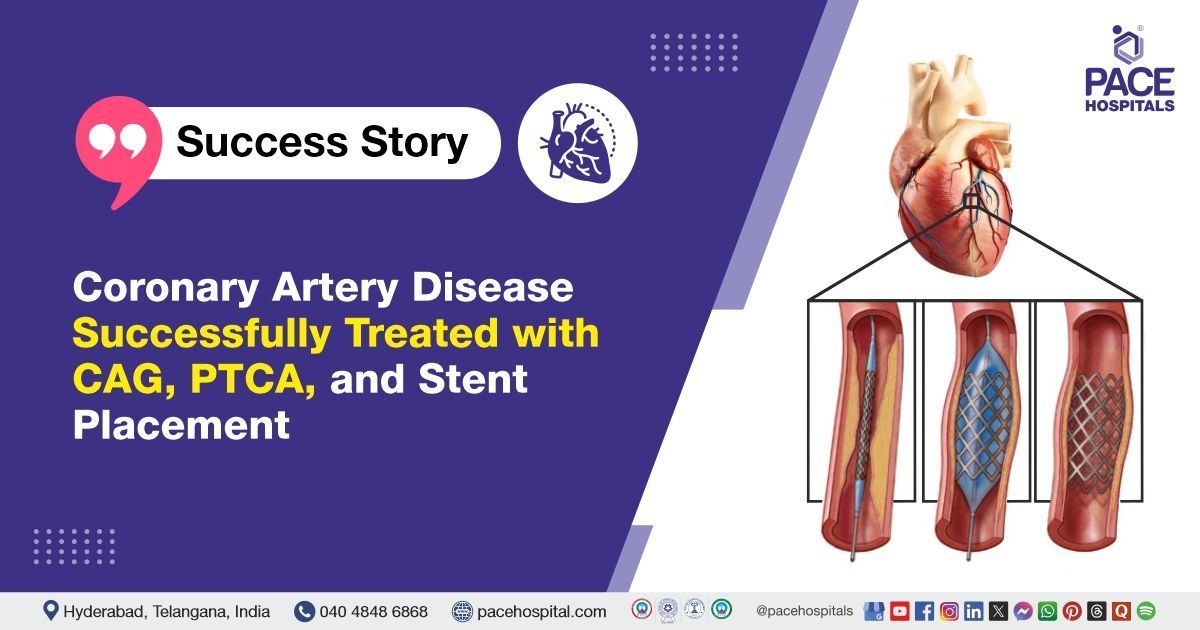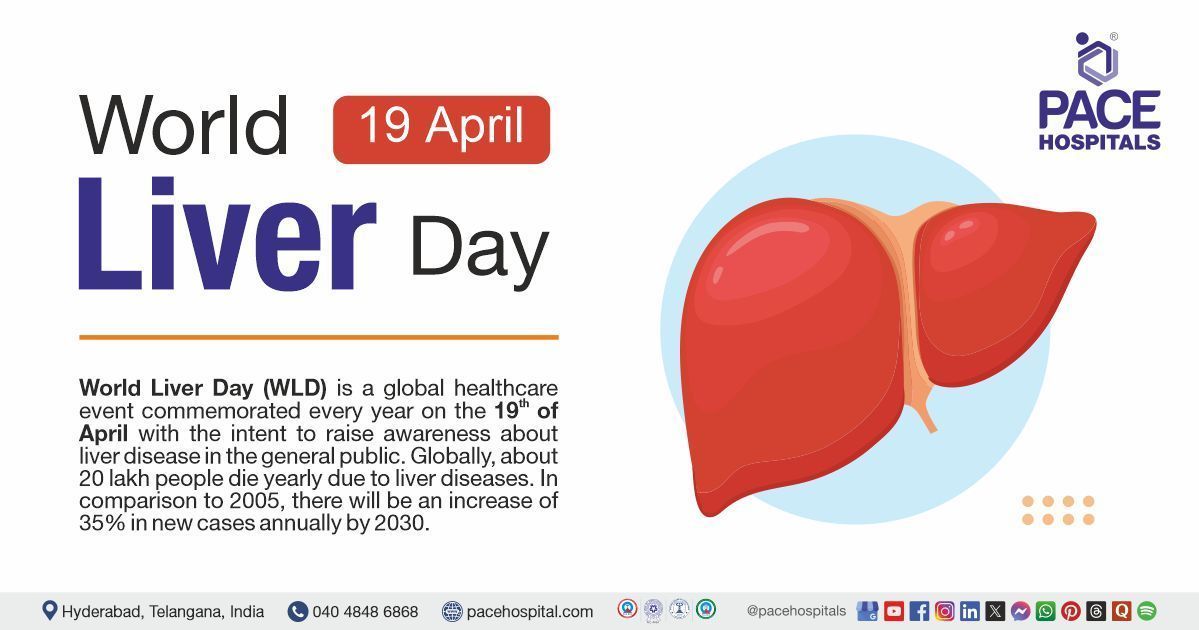20 Home Remedies for Headache Relief - Effective Natural Solutions
Headache is described as any sort of pain that originates in the head region. According to the International Classification of Headache Disorders (ICHD), headaches are divided into three main types:
- Primary headache, which has an unclear etiology
- Secondary headache with a clear cause
- Neuropathies, facial pains, and other headaches
Headaches vary in frequency and severity of pain. Some people get headaches once or twice a year, while others get them more than 15 days a month. Some headaches may come back or last for several weeks. Pain can vary from mild to severe range, and it may be accompanied by symptoms like nausea or increased sensitivity to sound or light.
Without correct treatment, headaches may be severe and disturb daily activities. These complex conditions, that affect the individual in many aspects of everyday life, require a treatment plan that includes both preventive and acute therapies. The present pharmacological approach is crucial for treatment; however, non-pharmacologic therapies have gained popularity in recent years and need to be considered valid alternatives because they can be effective adjuncts or alternatives if needed.
Natural remedies for headaches
In addition to medications and other therapeutic techniques, there are various home remedies and lifestyle modifications that can help people manage headache symptoms. Below are several home remedies for the headache:
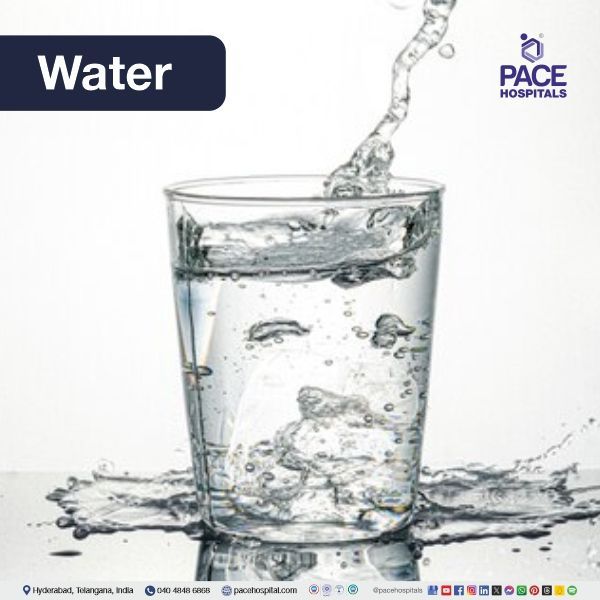
1. Consuming water
Research has shown that dehydration is a common cause of headaches, often resulting in symptoms like throbbing pain and fatigue. Studies indicate that increasing water intake can help reduce the frequency, duration, and severity of headaches in many individuals.
To prevent dehydration-related headaches, it’s essential to stay well-hydrated by drinking plenty of water throughout the day and incorporating water-rich fruits and vegetables, such as cucumbers, oranges, and watermelon, into your diet. Maintaining hydration can be a simple yet effective strategy for headache prevention and relief.

2. Limiting Alcohol
Studies show that alcohol can trigger migraines in about one-third of those who frequently experience headaches. Alcohol is also a known risk factor for tension headaches and cluster headaches, which are among the most intense types.
Alcohol may contribute to headache onset through various mechanisms, including promoting inflammation, activating certain neuronal pathways, causing dehydration, and widening blood vessels, although the precise cause remains unclear.

3. Garlic
Garlic (Allium sativum) is known for its potential to effectively relieve headaches, regardless of their type, due to its natural analgesic (pain-relieving) properties. The active compounds in garlic are believed to gently penetrate the head region, providing relief by reducing pain and inflammation.
A common remedy involves crushing garlic cloves and boiling them in water to make a warm garlic tea, which enhances its therapeutic effects and can be especially beneficial when sipped slowly to alleviate headache discomfort.
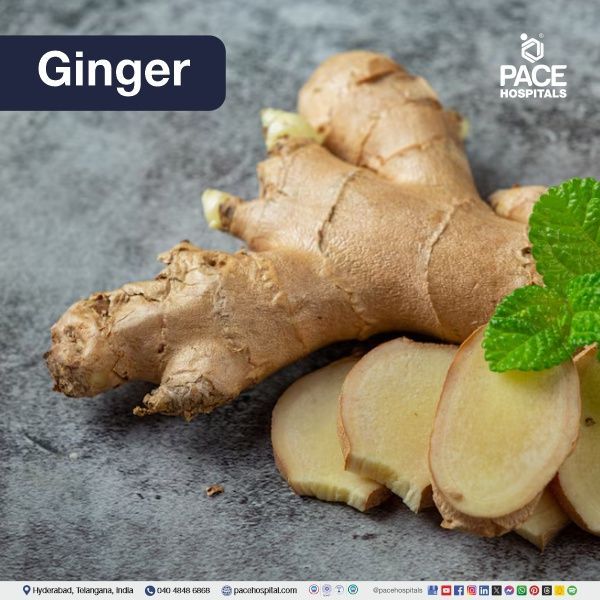
4. Ginger
Ginger (Zingiber officinale) has analgesic (pain relieving) effects. This property makes it suitable for external application to the injured head region. This provides relief from the headache. Taking ginger supplements, usually in powdered form, can help relieve headache symptoms.
Combining ginger essential oil with the carrier oil and massaging it on the forehead, and back of the neck. Making ginger tea involves boiling fresh ginger slices in water. Chewing raw ginger or including it in meals can provide continuing relief because of its anti-inflammatory properties.
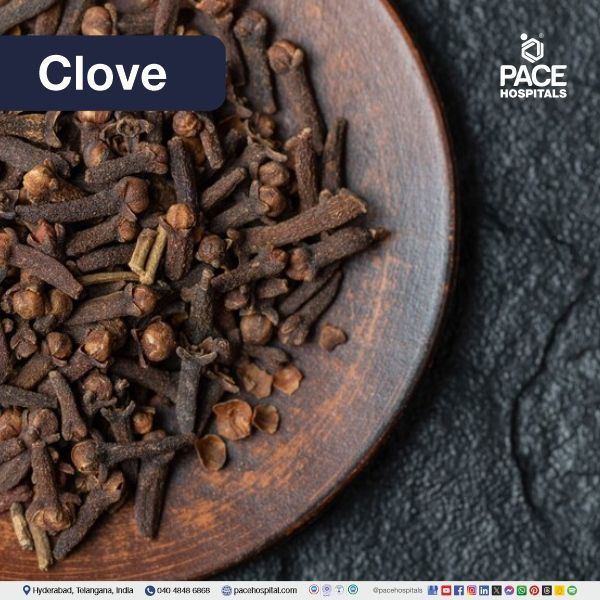
5. Clove
The strong pungent odour of clove (Syzygium aromaticum) has a headache-relieving effect. It calms nerves and restores peace. Adding two drops of clove oil, one tablespoon of coconut oil, and one spoon of salt and applying this mixture to the forehead to relieve headache pain. Taking one or two cloves each day can provide headache relief. Grinding a few cloves and keeping them in a clean handkerchief and inhaling the aroma if people have a headache.
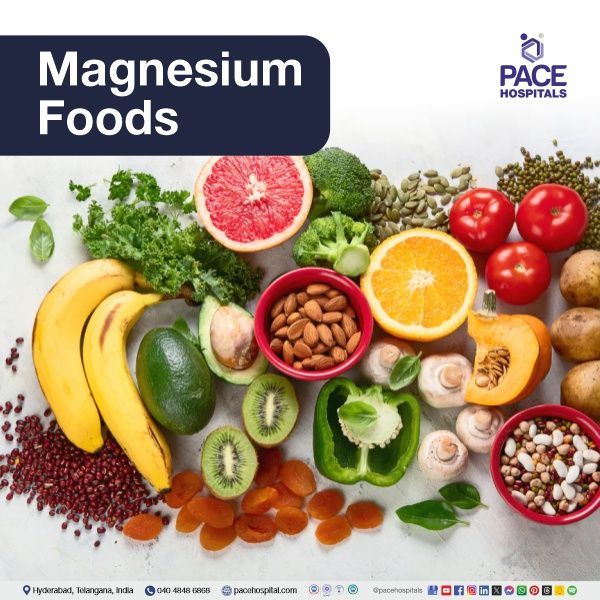
6. Magnesium intake
Magnesium has been thoroughly studied for its possible benefits in the acute and prophylactic treatment of migraine. The ion influences a variety of parameters thought to be implicated in migraine pathophysiology, including neurogenic inflammatory, vascular, and oxidative stress systems. Multiple studies have indicated lower levels of serum magnesium in people suffering from migraines and tension headaches; therefore, supplementation with this ion may be useful. Magnesium therapy approaches change, with oral supplementation being the most common.
Magnesium-rich foods such as whole-grain flour, almonds, brown rice, oats, and pumpkin seeds need to be consumed more frequently in migraine cases. While there is no significant evidence of riboflavin deficit in migraine sufferers, multiple studies have revealed its potential benefits in migraine prevention
7. Consuming enough food
If individuals skip meals for a while, they may experience a headache due to low blood sugar. Eating something healthy right away can help alleviate the discomfort, while regular, balanced meals prevent these headaches from occurring. Consuming foods rich in magnesium, such as almonds, spinach, black beans, pumpkin seeds, and chia seeds, is especially beneficial, as magnesium is known to relax blood vessels and reduce headache frequency. Ensuring adequate nutrient intake and eating at regular intervals can be an effective way to keep headaches at bay.
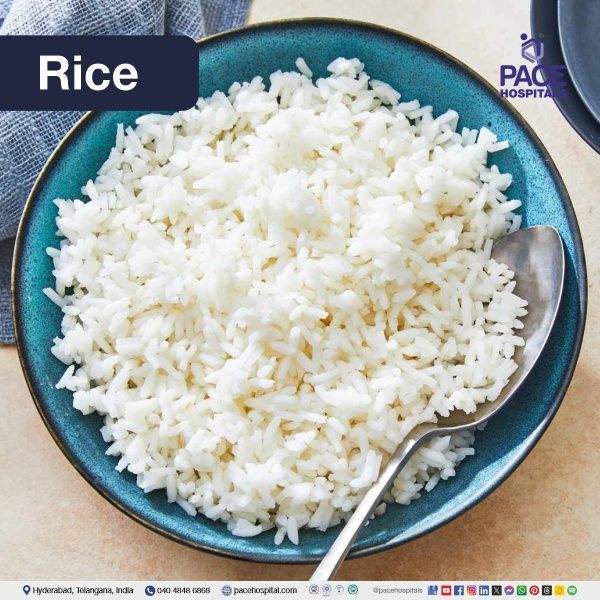
8. Rice
Rice (Oryza sativa) is an ideal carbohydrate to consume when experiencing a headache, as it provides a gentle energy boost without causing digestive strain. In traditional remedies, the warm water left over after cooking rice, known as "kanji" should be consumed warm and mixed with a little bit of ghee. This combination is believed to soothe the digestive system, replenish lost fluids, and offer a calming effect, making it a comforting remedy for headache relief.
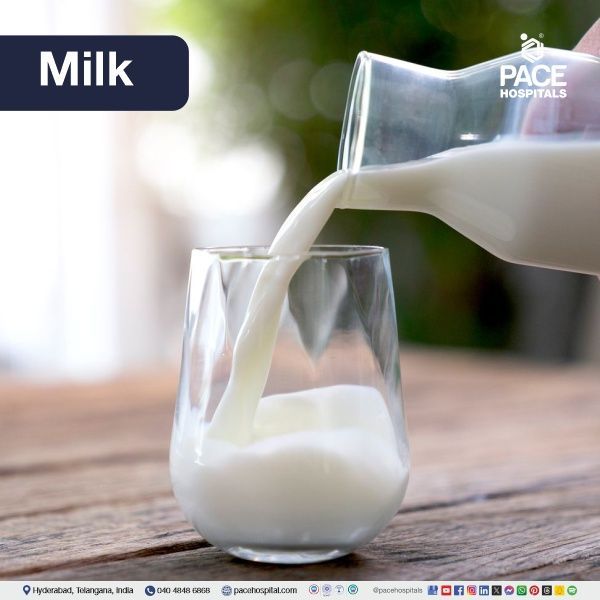
9. Milk
Milk and ghee can also reduce headaches. Cow's warm milk can be consumed to reduce headaches. Studies have shown that dairy product consumption, which is high in antioxidant vitamins and minerals, reduces migraine occurrence via anti-inflammatory mechanisms.

10. Sweets
Consuming a sweet treat or even a spoonful of sugar can sometimes help relieve headaches by quickly raising blood glucose levels, which may be beneficial if low blood sugar is a trigger. In India, it's common to offer "Jalebi" with warm milk as a traditional remedy to prevent morning headaches, believed to stabilize energy levels and provide quick relief. This combination is thought to be particularly helpful for people who may experience early-day headaches due to fasting or low blood sugar.
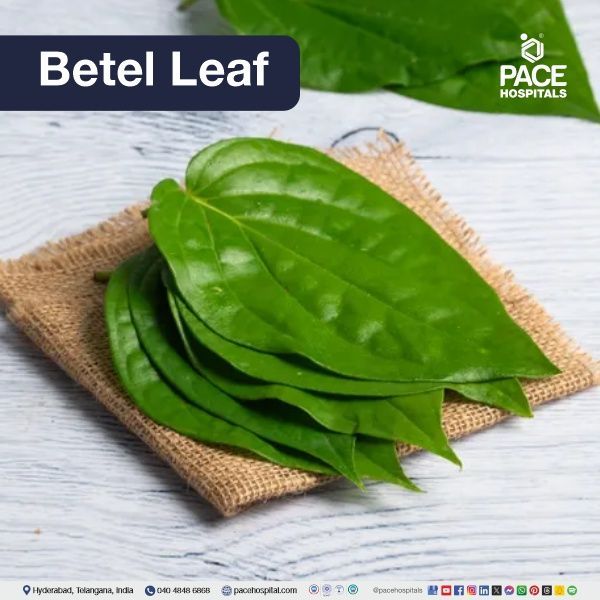
11. Betel leaves
Betel (Piper betle) leaves are valued for their analgesic (pain-relieving) and cooling properties, making them a popular natural remedy for headache relief. Chewing one or two fresh betel leaves can help alleviate pain, while grinding the leaves into a fine paste and applying it to the forehead offers a soothing, cooling effect that can further reduce headache discomfort. This traditional remedy is particularly useful for tension and sinus headaches, providing natural relief without side effects.
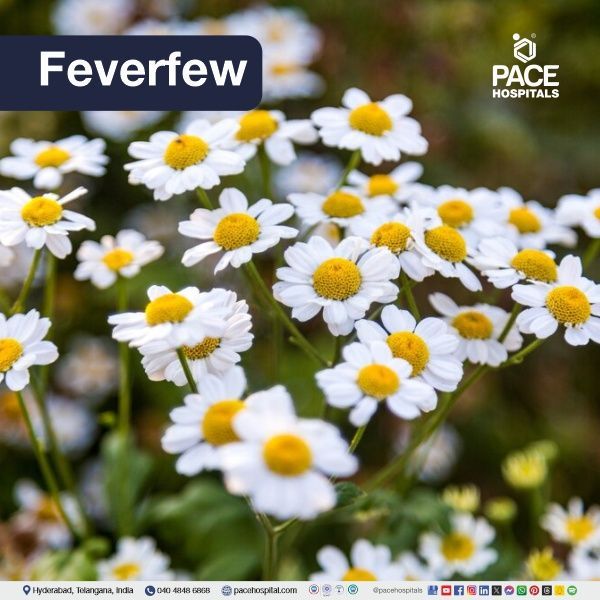
12. Feverfew
Feverfew (Tanacetum parthenium), known in India by various local names such as carrot grass, congress grass, gajar ghas, and dhanura, is a traditional remedy used to prevent and relieve migraines. Its primary active compound, parthenolide—a sesquiterpene lactone—works by inhibiting the release of serotonin and reducing inflammation, both of which are linked to migraine onset.
Dried feverfew leaves can be chewed, or made into a tea for a gentler intake, offering natural migraine relief through these physiological processes.
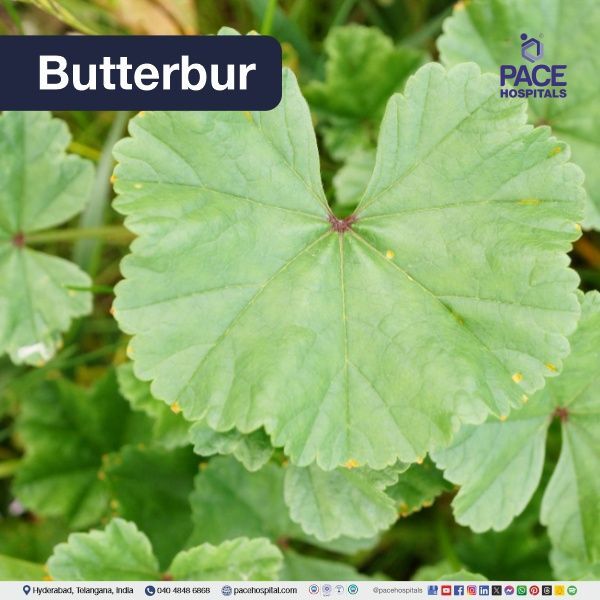
13. Butterbur
Butterbur, derived from the leaves of Petasites hybridus, is recognized as an effective herbal supplement for the prevention of migraines in adults, as demonstrated by various studies. This plant contains active compounds that may reduce the frequency and severity of migraine attacks by inhibiting inflammatory pathways and stabilizing blood vessels.
Used as an herbal remedy, butterbur has gained popularity for migraine therapy and prevention, providing a natural alternative for those seeking relief from debilitating migraine symptoms. It is typically available in supplement form, making it easy to incorporate into daily routines for those who suffer from chronic migraines.
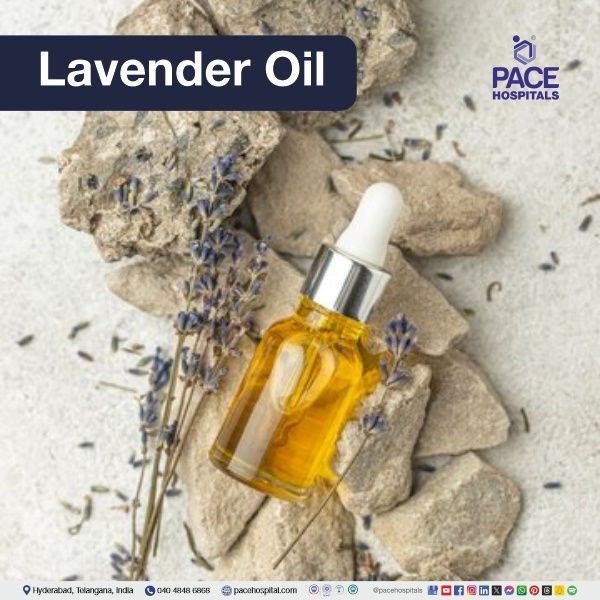
14. Lavender oil
Lavender oil (Lavandula angustifolia L., Lamiaceae) is well-known for its soothing and calming effects on the nervous system, making it a popular choice for headache relief. Its analgesic properties effectively alleviate headaches and migraines while also promoting relaxation and helping with insomnia.
Inhaling lavender essential oil is a safe and effective therapeutic option for acute migraine headaches, as it can reduce pain and anxiety associated with these episodes. Additionally, applying diluted lavender oil to the temples or using it in aromatherapy can enhance its calming effects, providing a holistic approach to headache management and overall well-being.
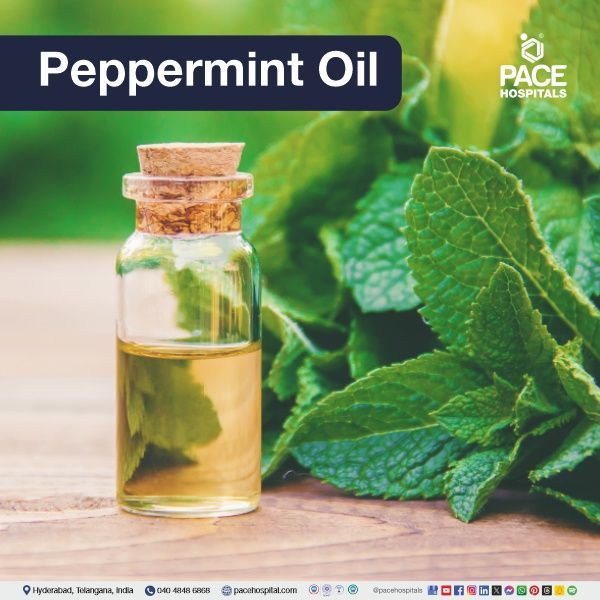
15. Peppermint oil
Peppermint oil (Oleum menthae piperitae), and eucalyptus oil (Eucalyptus citriodora Hook., family Myrtaceae) are both well-known for their healing properties. Essential oils are highly concentrated liquids that are containing aromatic components obtained from various kinds of plants. They have numerous medicinal effects and are most commonly applied topically; however, some can be consumed.
According to research, peppermint, and eucalyptus essential oils are very beneficial for headaches. If people have frequent headaches, applying a tiny amount of peppermint or lavender oil combined with a carrier oil, such as jojoba, on the wrists can help them reduce the headache.
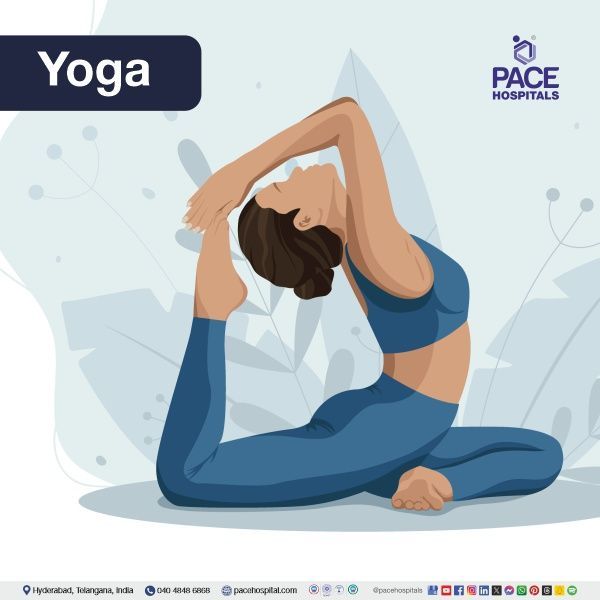
16. Yoga
Headaches can be avoided and controlled with a variety of yogic approaches. Yoga and pranayama can reduce headache pain by relieving tension and stress. Regular Yoga movements, breathing techniques, and meditation can help to avoid or minimize the severity of persistent headaches.
Yoga postures such as suryanamaskar, bhujanga asana, sirsasana, pawan muktasana, shitali pranayama, savasana, kapalabhati, jalandhar banha, and kunjal jal neti are recommended for these conditions. Inverted postures promote oxygenation to the brain and minimize headaches. Neck exercises are essential for treating headaches. Yoga practice helps to develop flexibility, relax, and tone the muscles.
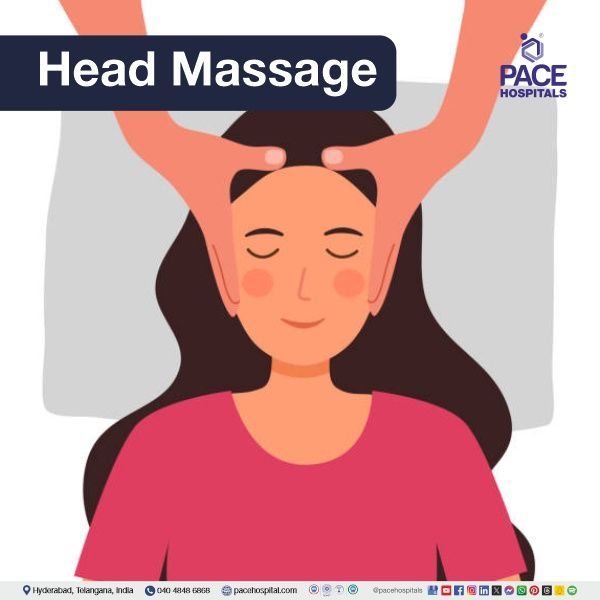
17. Head massage
Head massage, an ancient remedy in India, that involves applying oils to the neck, shoulders, scalp, and face to reduce headaches. Indian head massage headache treatment includes specific massage techniques such as squeezing, gently tapping, stroking, and pushing. The Indian head massage headache therapy works on acupressure points to reduce sinus congestion in individuals suffering from sinus headaches. It also increases blood circulation and enhances attentiveness.
Indian head massage for headaches is appropriate for people of all ages and genders. Only people with degenerative spinal illnesses,
osteoporosis, or
arthritis should be restricted from receiving head massage therapy for headaches.
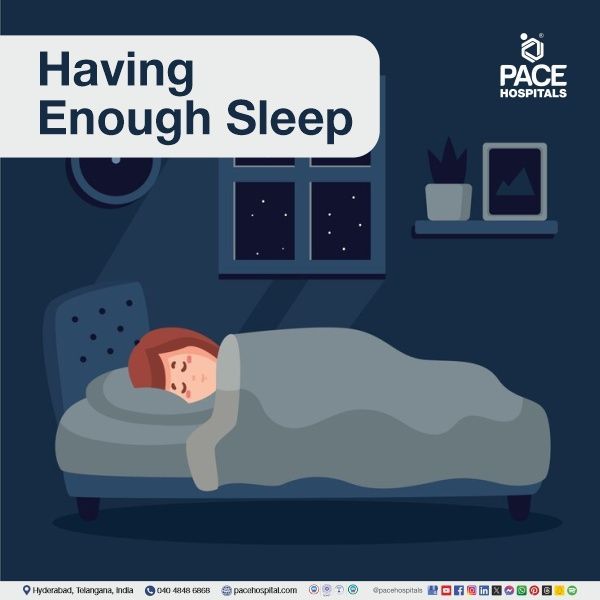
18. Having enough sleep
Insomnia, or sleeplessness, along with poor sleep quality, is closely linked to the occurrence of more frequent and severe headaches. Conditions like sleep apnea, where breathing is periodically interrupted during sleep, are often associated with morning headaches due to disrupted rest. Similarly, inadequate sleep can heighten headache severity in individuals suffering from tension headaches, making the need for restorative sleep even more critical.
As a result, ensuring sufficient rest and improving sleep hygiene are essential strategies for those seeking natural headache prevention. By prioritizing sleep quality through practices like maintaining a consistent sleep schedule and creating a calming bedtime routine, individuals can significantly reduce the likelihood and intensity of headaches.
19. Applying cold compress
Applying a cold or ice compress to the neck or head can effectively reduce inflammation, inhibit nerve conduction, and narrow blood vessels, all of which contribute to headache pain relief. The cold temperature helps numb the area, providing soothing relief from throbbing sensations. To prepare a cold compress, simply fill a waterproof bag with ice, ensuring it is not too full to allow for flexibility, and cover it with a soft cloth to protect the skin.
For optimal headache relief, apply the compress to the back of the neck and the forehead, leaving it on for about 15 to 20 minutes. This method not only alleviates headache symptoms but can also promote relaxation, making it a practical, non-invasive remedy for those suffering from tension or migraine headaches.
20. Acupressure
Acupressure is an effective remedy for headache relief because it targets specific pressure areas that include
- Union Valley (LI4): Applying pressure to this spot between the thumb finger and index finger will help in relieving tension headaches.
- Drilling Bamboo (UB2): This region, located on the bridge of the nose between the brows, can be stimulated to reduce sinus pressure and eyestrain.
- Gates of Consciousness (GB20): Applying pressure to the Gates of Consciousness (GB20) located at the base of the skull may alleviate tension headaches.
- Third Eye (Yin Tang): Pressing the Third Eye (Yin Tang), located between the brows, can help ease tension and sinus problems.
While research on acupressure is limited, it has shown potential as an additional therapy for headache relief.
Tips to Prevent Headaches
If you’re looking for ways to prevent headaches, consider the following evidence-based tips that may help:
- Staying hydrated: Maintaining hydration throughout the day is a simple yet effective way to reduce the risk of headaches while enhancing your overall health. Hydration needs can vary based on factors like activity level and body size, so pay attention to your thirst as a guide.
- Identify Underlying Issues: Frequent headaches may stem from various underlying causes, including nutrient deficiencies. If you experience regular headaches, consult a healthcare professional for a comprehensive checkup to identify any potential causes.
- Eating Regularly: Skipping meals or undereating can lead to headaches. Ensure you’re consuming enough calories throughout the day, and try to avoid long periods without food to keep your energy levels stable.
- Get a Quality Sleep: Both sleep deprivation and oversleeping can trigger migraines. Aim for a balanced sleep schedule, targeting 7–9 hours of quality sleep each night to minimize headache risk.
- Manage Your Stress: Stress is a common trigger for certain types of headaches and can negatively impact overall health. Incorporating healthy stress management techniques such as exercise, meditation, and yoga into your routine can significantly reduce stress levels.
There are many additional strategies to help decrease the frequency, duration, and severity of headaches. Collaborating with a healthcare professional can help you develop a personalized plan that works best for you.
When to See a Doctor for Headaches
While an occasional mild headache is usually not a cause for concern, it’s important to seek medical attention if you frequently experience headaches or if you have a severe headache that lasts a long time.
Headaches can sometimes indicate a serious underlying health issue, such as a tumor, blood clot, or other medical conditions that require prompt evaluation and treatment.
A healthcare professional / general physician / neurologist can help identify potential causes of your headaches and provide appropriate care and treatment. They may also conduct tests to rule out health conditions and nutrient deficiencies, such as B12 and iron deficiencies, which can contribute to or exacerbate headaches.
It’s especially crucial to seek immediate medical attention if you develop a headache following an injury or trauma, such as a fall, or if you experience a sudden, extremely severe headache, as these could be signs of a serious medical condition.
Frequently Asked Questions (FAQs)
What is the home remedy for migraine headaches?
Fresh grape juice is a good remedy for migraines. Increasing niacin (vitamin B3) intake, has been shown to help reduce migraine pain. Foods high in niacin include yeast, whole wheat, green leafy vegetables, tomatoes, almonds, sunflower seeds, liver, and fish. Cabbage leaves can help reduce symptoms of a migraine headache. Ginger powder and lemon peel can also help reduce migraine headaches.
How to get rid of a sinus headache using home remedies?
To decrease sinus headaches using home remedies, individuals can use steam inhalation, which involves inhaling warm, moist air. This helps clear nasal passages and alleviate pressure. People can also use a warm compress, saltwater gargle, and nasal irrigation, which can effectively clear out mucus and allergens from the nasal passages, providing relief from congestion.
What is the main cause of headaches?
Nerve irritation, inflammation, or injury can all cause headaches. Other causes may include hemorrhages, various health conditions, like hypertension (high blood pressure) and diabetes, which can damage the blood vessels, and infection, such as meningitis (an inflammation of the membranes surrounding the brain and spinal cord).
How to stop a headache due to overthinking?
Some people might realize that taking hot or cold showers or baths relieves their headaches. People may also like to relax in a quiet area with a cool towel on their forehead. Massages to the head and neck muscles may bring relief.
What pressure points relieve headaches?
The area between the thumb and pointer finger is an effective pressure point for relieving tension headaches. Massaging this area for twenty to thirty seconds at a time using the thumb and index finger of the other hand, or simply pinching and holding for 10 seconds can help relieve headaches.
Is milk good for headaches?
Certain minerals present in certain foods may help prevent migraines. Magnesium, calcium, phosphorus, and vitamin D are all found in dairy products. It has so been suggested that dairy products may lessen migraine attacks because they are high in these nutrients.
What vitamin is best for headaches?
Among the preventative treatments, the treatment with nutritional supplements (magnesium, coenzyme Q10, a-lipoic, vitamins B2, B3, B12, and D), which has already received much attention in the prevention of migraine and other types of headache, is best.
Can lack of B12 cause migraines?
Vitamin B12 deficiency and hyperhomocysteinemia are believed to increase endothelial cell damage by raising amounts of free oxygen radicals, which may be linked to migraine development.
How long do tension headaches last?
Tension headaches seem like constant pain that affects two sides of the head as if a tight band is wrapped around it. Tension headaches are typically not severe enough to stop people from doing daily tasks. They often last 30 minutes to several hours, but may continue for several days.
Can sitting cause tension headaches?
Poor posture strains the upper back, neck, and shoulders, which can result in a headache. The pain usually throbs at the base of the skull and at times spreads to the face, particularly the forehead. People must avoid sitting or standing in one posture for long durations.
How to use ginger for headaches?
Ginger has long been suggested as an effective home medicine for acute migraine headaches, decreasing both pain and nausea. One recommended recipe is to mix half a spoon of crushed ginger into a glass of water and drink the "ginger juice," while another is to drink hot tea with a teaspoon of freshly ground ginger.
Is turmeric good for headaches?
Turmeric contains curcumin, an active component, and a polyphenolic diketone molecule. Curcumin's anti-inflammatory, anti-protein aggregation, antioxidant, and analgesic properties make it a good choice for migraine prevention and control.
How does hydration affect headaches?
A headache is related to dehydration and fluid restriction. A decrease in blood volume leads to impaired brain oxygenation. Increased hydration status in migraine leads to balanced plasma osmolality and ion concentrations, which can improve migraine.
Can stress management techniques help with headaches?
Caffeine intake has been shown to have positive and negative effects on people suffering from headaches. Caffeine has an immediate therapeutic effect on various primary headache conditions. Caffeine consumption may exacerbate the course of headache conditions. Caffeine-containing combination analgesics are known to trigger medication overuse headaches.
Request an appointment
Fill in the appointment form or call us instantly to book a confirmed appointment with our super specialist at 04048486868
Appointment request - health articles
Thank you for contacting us. We will get back to you as soon as possible. Kindly save these contact details in your contacts to receive calls and messages:-
Appointment Desk: 04048486868
Whatsapp: 8977889778
Regards,
Pace Hospitals
Hitech City and Madinaguda
Hyderabad, Telangana, India.
Oops, there was an error sending your message. Please try again later. We will get back to you as soon as possible. Kindly save these contact details in your contacts to receive calls and messages:-
Appointment Desk: 04048486868
Whatsapp: 8977889778
Regards,
Pace Hospitals
Hitech City and Madinaguda
Hyderabad, Telangana, India.
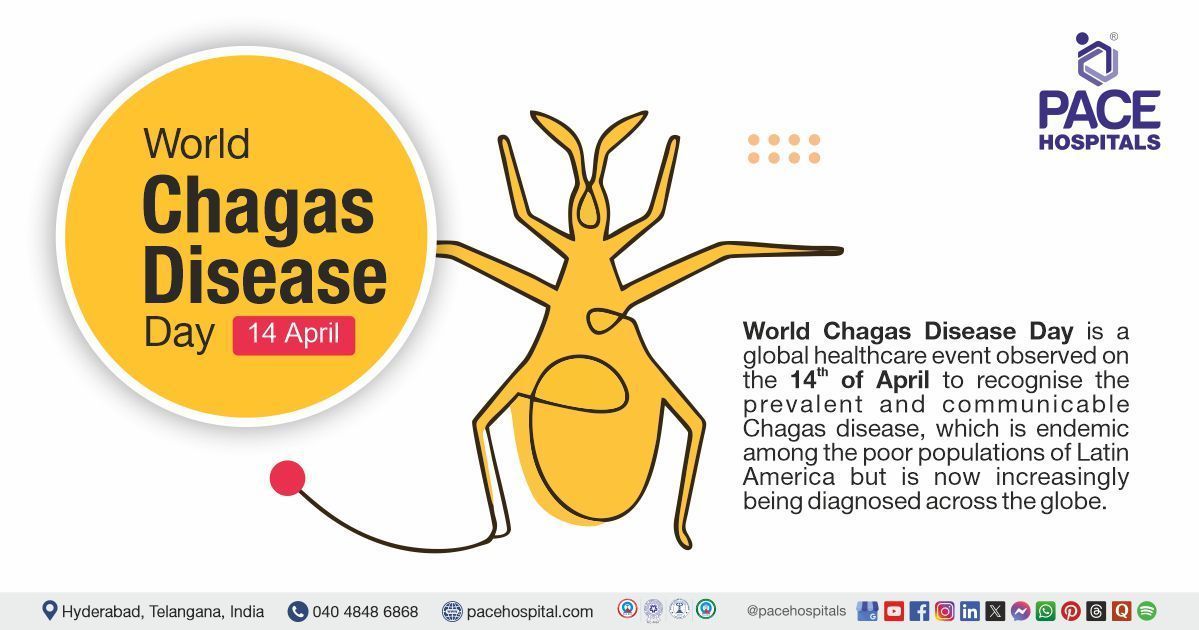
Our Locations – Find the Best Hospital Near You
Metro Pillar Number C1772, Beside Avasa Hotel, Hitech City Road, Near HITEC City Metro Station, Hyderabad, Telangana, India.
Mythri Nagar, Beside South India Shopping Mall, Hafeezpet, Madeenaguda, Hyderabad, Telangana, India.
040 4848 6868
Payment in advance for treatment at PACE Hospitals, Hyderabad, Telangana, India (Pay in INR ₹)
For Bank Transfer:-
- Bank Name: HDFC
Company Name: Pace Hospitals
A/c No.50200028705218
IFSC Code: HDFC0000545 - Bank Name: STATE BANK OF INDIA
Company Name: Pace Hospitals
A/c No.62206858997
IFSC Code: SBIN0020299
Scan QR Code by Any Payment App (GPay, Paytm, Phonepe, BHIM, Bank Apps, Amazon, Airtel, Truecaller, Idea, Whatsapp etc).
CONTACT US
Call: +914048486868
WhatsApp: +918977889778
Email: info@pacehospitals.in
FOLLOW US
SUBSCRIBE
Subscribe to our newsletter and stay updated with the latest health information.
Subscribe to PACE Hospitals' Public Newsletter
Thank you for subscribing to PACE Hospitals' Newsletter. Stay updated with the latest health information.
Oops, there was an error. Please try again submitting your details.
ABOUT US
QUICK LINKS
Disclaimer
General information on healthcare issues is made available by PACE Hospitals through this website (www.pacehospital.com), as well as its other websites and branded social media pages. The text, videos, illustrations, photographs, quoted information, and other materials found on these websites (here by collectively referred to as "Content") are offered for informational purposes only and is neither exhaustive nor complete. Prior to forming a decision in regard to your health, consult your doctor or any another healthcare professional. PACE Hospitals does not have an obligation to update or modify the "Content" or to explain or resolve any inconsistencies therein.
The "Content" from the website of PACE Hospitals or from its branded social media pages might include any adult explicit "Content" which is deemed exclusively medical or health-related and not otherwise. Publishing material or making references to specific sources, such as to any particular therapies, goods, drugs, practises, doctors, nurses, other healthcare professionals, diagnoses or procedures is done purely for informational purposes and does not reflect any endorsement by PACE Hospitals – your trusted hospital near me.
